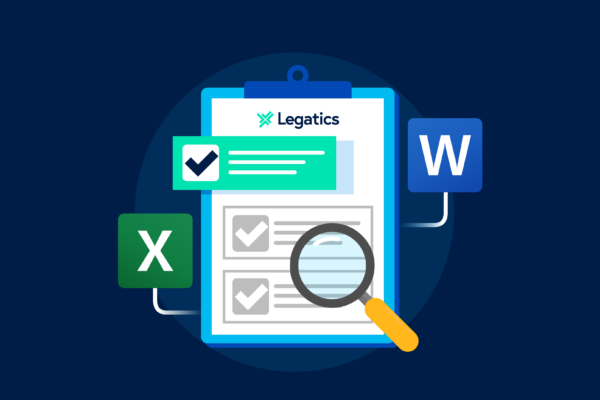Everyone knows that most procurement decisions in a business will involve some consideration of return on investment (ROI). LegalTech vendors are among those who are seeing an increasing need to help their customers demonstrate ROI and start delivering on the promises made about their products. Yet both vendors and law firms are still encountering a number of problems that hinder a clear and robust calculation in this space. Read our top three here.
1. Messy data
The billable hour is still alive and kicking, and the way lawyers charge for their services still hasn’t undergone the radical transformation we’ve been waiting for. Herein lies our first problem: when lawyers quote for work, it is far from an exact science. It is based on experience and a rough calculation. Something like: price = (number of lawyers required x their respective charge-out rates x number of hours needed to complete the work). Firms offer to help their clients control spending with fixed or capped fees, but at some point, you blow through them and write off half your time. Not to mention that each legal engagement inevitably has its own variables: new team members, different legal issues, changing time pressures.
This makes comparing historical deals against tech-enhanced working a bit like comparing apples with oranges. Not to mention the fact that time recording in law firms is still very narrative-based – making time spent on discrete tasks hard to extract. If your tech is solving a pain point in a broader deal, it’s a lot of legwork to get the data to see if your ROI is hitting those magic numbers.
Solution? Get more prescriptive and process-driven about how you record your time across your team so it’s easier to understand. If you’re lucky enough to be at a firm that is leveraging its old time-recording data with (you guessed it) new tech – take advantage.
2. Not knowing what adoption means
Adoption remains one of the most elusive goals for LegalTech vendors and their customers, and it’s one of the most fundamental requirements for “good” ROI. We frequently talk about “adoption” – but what does this really mean? Getting clear on what you consider to be the end goal at a more granular and measurable level pushes your tech vendor to work more effectively with you to establish a roadmap to success. Remember to keep it personal to your firm. What might be considered a good level of adoption for one firm might be unrealistic for another. It depends on culture, resources, and experience – which is why being open and honest with your vendor is key to ensuring those SMART goals are set from the very beginning of the relationship. You also need to put the tech in context so that your ROI calculation is realistic. Are you completely automating a process? Or eliminating only one piece of the process? It makes a difference.
3. Ignoring experiential gains
Speaking of context: at Legatics, we are trying to focus increasingly on helping law firms record those qualitative benefits of procuring our software that often aren’t readily translatable into financial gains. To dismiss them would be to ignore the reason a lot of LegalTech solutions came to market: to solve a problem and improve experience. There is no doubt that reliance on financial metrics is still essential to understanding whether it’s worth your money procuring a solution. But over-reliance at a very early stage of the procurement process on guesstimates might be misleading. Set up a system (or ask your vendor if they can help) so that you can record those important user experiences that give color to your procurement decisions and shed some light on the potential for that tech to be “adopted” (noting issue 2 above).
ROI is complicated, but start small and the rest should follow. At Legatics, we pride ourselves on the customer experience we deliver to the firms we work with, so if you’re wondering where to start, don’t hesitate to get in touch at info@legatics.com.









